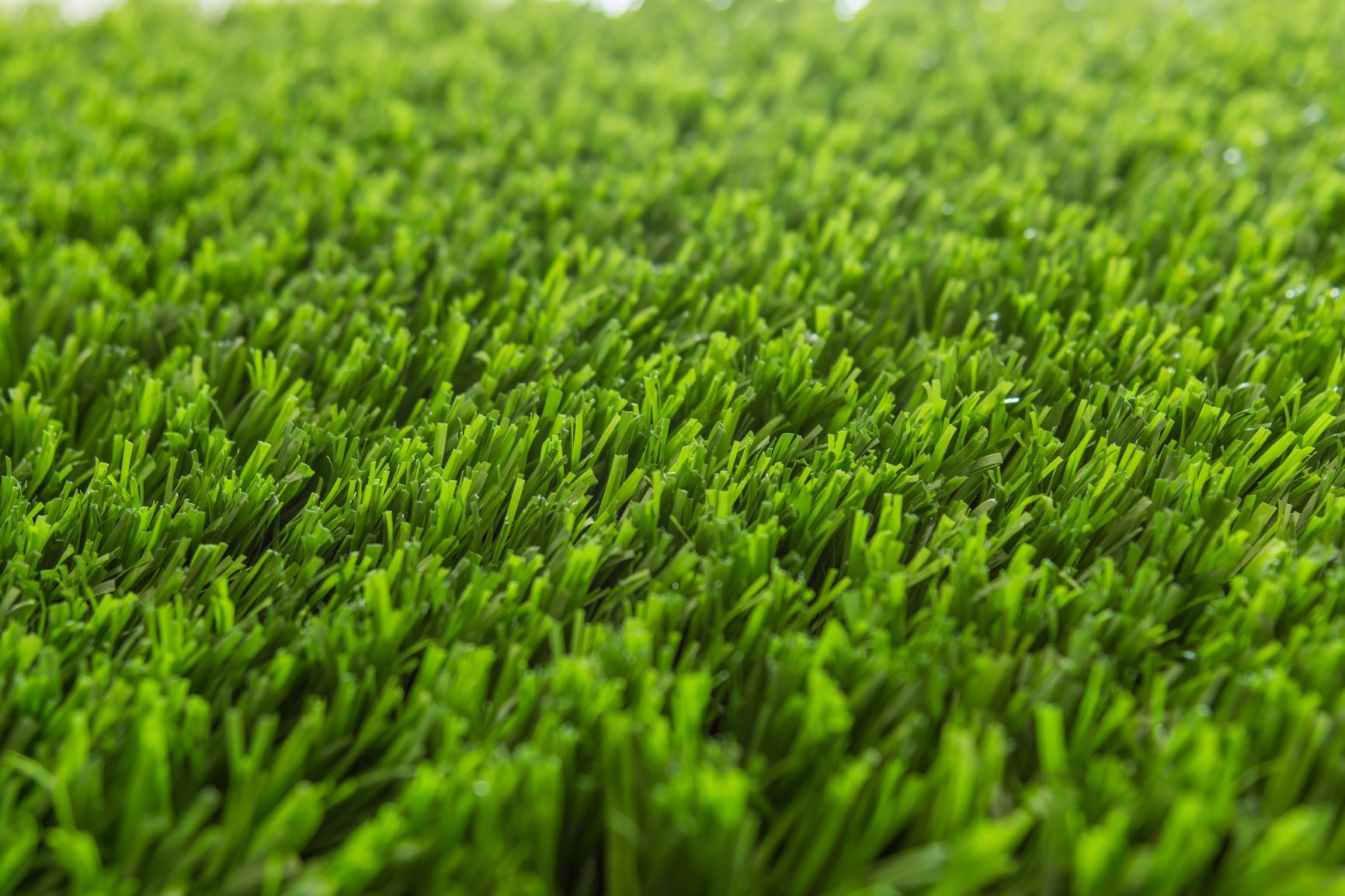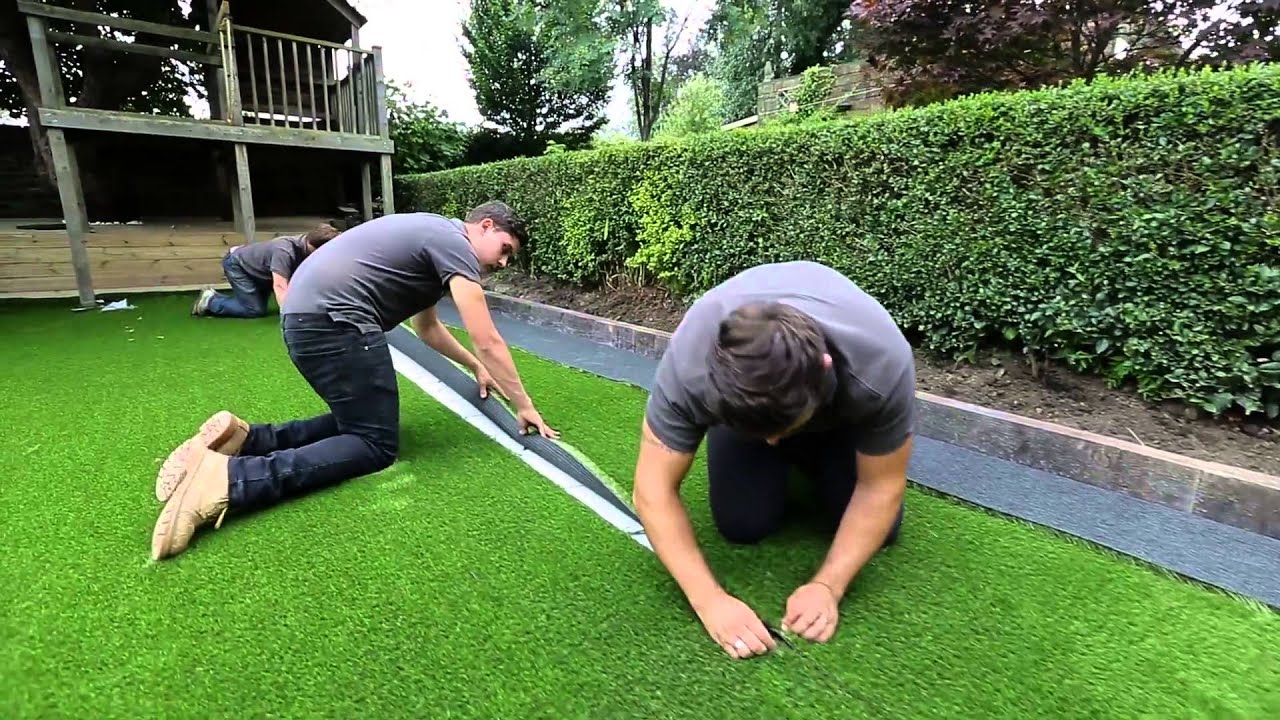Enjoy a Flawless Lawn with Arizona Artificial Turf for Any Outdoor Space
Enjoy a Flawless Lawn with Arizona Artificial Turf for Any Outdoor Space
Blog Article
Explore the Environmental Perks of Opting for Artificial Turf Solutions
The fostering of man-made turf services provides a compelling chance to attend to pushing environmental difficulties. By substantially decreasing water usage and minimizing the application of harmful chemicals, these choices not just advertise sustainable landscaping however likewise protect local ecosystems.
Water Conservation Conveniences
One of the most significant benefits of man-made lawn is its ability to preserve water. In comparison, synthetic grass does not require watering, substantially decreasing the overall demand for water resources.
By eliminating the need for routine watering, synthetic grass adds to sustainable landscape practices and aids minimize the environmental effect of excessive water usage. The preservation of water extends to the reduction of drainage, which can lead to soil erosion and river air pollution.
Furthermore, the installment of man-made lawn permits communities and home owners to assign water sources a lot more efficiently, focusing on important uses such as drinking water and agriculture. The change in the direction of synthetic grass not just promotes liable water use yet likewise aligns with more comprehensive ecological goals targeted at preserving natural sources.
As neighborhoods significantly focus on sustainability, the water conservation benefits of fabricated grass provide an engaging case for its adoption in residential and business landscaping projects.
Lowered Chemical Usage
The shift to synthetic grass considerably decreases the reliance on chemical therapies typically made use of in natural turf upkeep. Typical lawn monitoring commonly includes the application of herbicides, fertilizers, and chemicals to advertise growth and control parasites. These chemicals can position dangers to human wellness, local wild animals, and the atmosphere, adding to soil and water contamination.
On the other hand, artificial grass eliminates the requirement for these dangerous materials. Once set up, it requires very little maintenance, mostly containing regular cleaning and seldom infill replenishment. This reduction in chemical use not only benefits the prompt setting yet also contributes to more comprehensive environmental security. By reducing the launch of artificial substances right into the ecological community, man-made grass advertises healthier soil and water systems.
Furthermore, the lack of chemical overflow associated with synthetic grass setups assists shield local waterways from pollution, supporting marine life and maintaining biodiversity. Artificial turf companies phoenix. As communities increasingly prioritize lasting practices, going with synthetic grass provides a feasible option that straightens with environmental preservation objectives. Through this change, homeowner can enjoy lush green areas without jeopardizing environmental wellness, paving the way for a much more sustainable future
Lower Carbon Impact

Furthermore, the setup of fabricated turf can lead to considerable water conservation. Natural lawns need news considerable amounts of water for irrigation, which not only contributes to the carbon impact related to water removal and therapy yet likewise strains regional water sources. In comparison, synthetic turf requires minimal upkeep, calling for no watering, consequently substantially reducing water usage and its associated energy prices.
Additionally, the longevity of synthetic turf contributes to its lower carbon effect. With a life-span of up to 15 years or more, the demand for regular replacements is decreased, resulting in much less waste and lower power consumption in manufacturing you can try this out and getting rid of typical grass alternatives. On the whole, synthetic grass provides a lasting option for ecologically aware landscaping.
Environment Conservation
Environment conservation is an essential consideration in the debate over landscape design choices, especially when contrasting synthetic lawn to all-natural turf. Natural turf lawns often need extensive maintenance, including making use of pesticides, herbicides, and fertilizers, which can negatively affect neighborhood environments. These chemicals can seep into the soil and waterways, harming indigenous plants and fauna and interrupting neighborhood habitats.
Artificial lawn removes the requirement for harmful chemicals, thus safeguarding neighboring wildlife and maintaining the honesty of surrounding communities. The installment of synthetic turf can lead to the conversion of previous grass areas right into more biodiverse landscapes, such as pollinator gardens or native plant areas, which can sustain local wildlife.
Inevitably, the transition to synthetic turf not only saves water and lowers upkeep efforts however also fosters a more unified partnership between human activities and the native environment, advertising environment conservation while doing so.
Long-Term Sustainability
Lasting sustainability is a crucial aspect in examining the benefits of artificial lawn over typical turf yards. One of the most considerable benefits of synthetic grass is its longevity; it can last approximately 15-20 years with very little upkeep, whereas natural grass calls for regular reseeding and substitute. This long life lowers the requirement for constant resources, such as water, plant foods, and pesticides, which are important for keeping a healthy yard lawn.
Furthermore, synthetic turf adds to a decrease in carbon emissions connected with grass treatment equipment. Conventional grass often need gas-powered mowers, leaners, and blowers, every one of which add to air pollution. Artificial turf companies phoenix. In comparison, synthetic grass gets rid of the requirement for such devices, advertising a cleaner environment
Moreover, the production of fabricated lawn progressively makes use of recycled materials, improving its sustainability profile. As manufacturers embrace eco-friendly techniques, the ecological impact of man-made lawn proceeds to lessen.

Conclusion
The adoption of artificial turf services provides significant ecological benefits, consisting of substantial water preservation, reduced dependence on hazardous chemicals, and a reduced carbon impact. Furthermore, man-made lawn aids in preserving all-natural environments by minimizing land disruption and advertising long-term sustainability with using resilient materials. Collectively, these factors emphasize the capacity of synthetic grass to contribute favorably to ecological health and use a viable option to typical landscape design techniques in a progressively resource-conscious globe.
In contrast, fabricated lawn does not need watering, dramatically lowering the total need for water resources. By minimizing the release of synthetic compounds into the ecosystem, synthetic lawn promotes much healthier dirt and water systems.
Furthermore, the installment of man-made turf can result in considerable water preservation. In contrast, artificial grass requires very little maintenance, calling for no watering, therefore considerably lowering water usage and its associated power prices.

Report this page